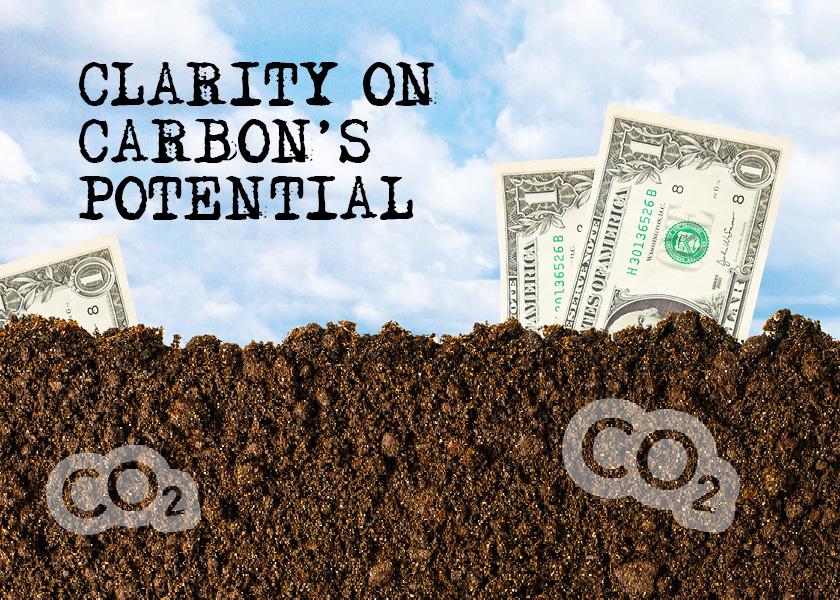A Better Mousetrap Is Needed For Carbon Programs, Consortium Says

Sometimes building a better mousetrap is the needed solution to an existing challenge. A diverse group of 62 organizations is signaling they believe that’s the case regarding the many and varied protocols in the marketplace currently used to verify farmer practices for sequestering carbon. The group is building a national infrastructure program for and around carbon markets through its public-private partnership in the Ecosystems Services Market Consortium (ESMC).
“The way those markets are working right now is there are so many people in the middle working on quantification, working on verification, working on protocol development, and those are very expensive things to do,” says Debbie Reed, executive director of ESMC. “Ultimately, what we see is (only) 5% to 10% of a credit actually goes to the farmer and rancher who created the credit because of all of what I will call the middlemen.”
New market in the making
In 2022 ESMC will launch a market to pay farmers and ranchers for “quantified, verified, certified, and outcomes-based soil carbon, net greenhouse gases, water quality and water conservation credits generated from regenerative agricultural practices.”
The program is currently operating in a soft launch phase through projects across the country in which it is generating and selling credits to meet existing market demand.
Reed says if the consortium is successful in providing the tools and technologies to support programs and assess farmer practices – rather than individual companies and organizations – then overall costs could be reduced and enable more of the available dollars to flow into the pockets of farmers and ranchers.
“As a nonprofit, we can do this at a national scale, and absorb if you will, those costs and become highly efficient at doing that,” Reed told AgriTalk host Chip Flory during a recent program.
Diverse roster of partners
Organizations that have signed on with the ESMC are diverse and range from agricultural product manufacturers to commodity organizations, such as the National Corn Growers Association and American Soybean Association, to NGOs (non-government organizations) such as The Nature Conservancy and the World Wildlife Fund as well as various philanthropic organizations.
“All of them are co-investing and contributing through their membership dues to build out and test this program,” Reed says.
The consortium also has federal support from the U.S. Department of Agriculture and U.S. Department of Energy.
Existing conservation practices don’t count
One of the issues many farmers are grappling with today is how to get compensated for conservation practices, such as no-till, that they already use. For the most part, the current marketplace rewards farmers only when they implement conservation practices on new acres.
Reed says the consortium is in discussions with the Biden administration on potentially providing a market for existing practices. “We think that is a perfect role for the federal government to address,” she says. “We see that farmers and ranchers have adopted practices where they can't enter a private market, but where their benefits and their outcomes are valuable to society still. If it's stored carbon, for instance, we want them to retain that and continue to do that. That is a perfect federal role for something that you cannot sell, if you will, in a market.”
Reed told Flory that companies working with the consortium typically are looking for an increase in carbon sequestration from producers and want to work within their supply chain and value chain to quantify improvements in biodiversity or water quality.
“Many of the members and buyers who come to us want that on an annual basis, and they want to be able to show that whatever they are paying for is real,” Reed says. “They increasingly are looking for a suite of ecological outcomes they can share with their customer base.”
More information about ESMC is available at https://ecosystemservicesmarket.org/
7 Considerations Before You Sign On To A Carbon Market Agreement
Top Producer Summit: What to Know about Carbon Markets
Signal to Noise: Vilsack Focuses on Expanding Markets to Pitch Carbon Plan







